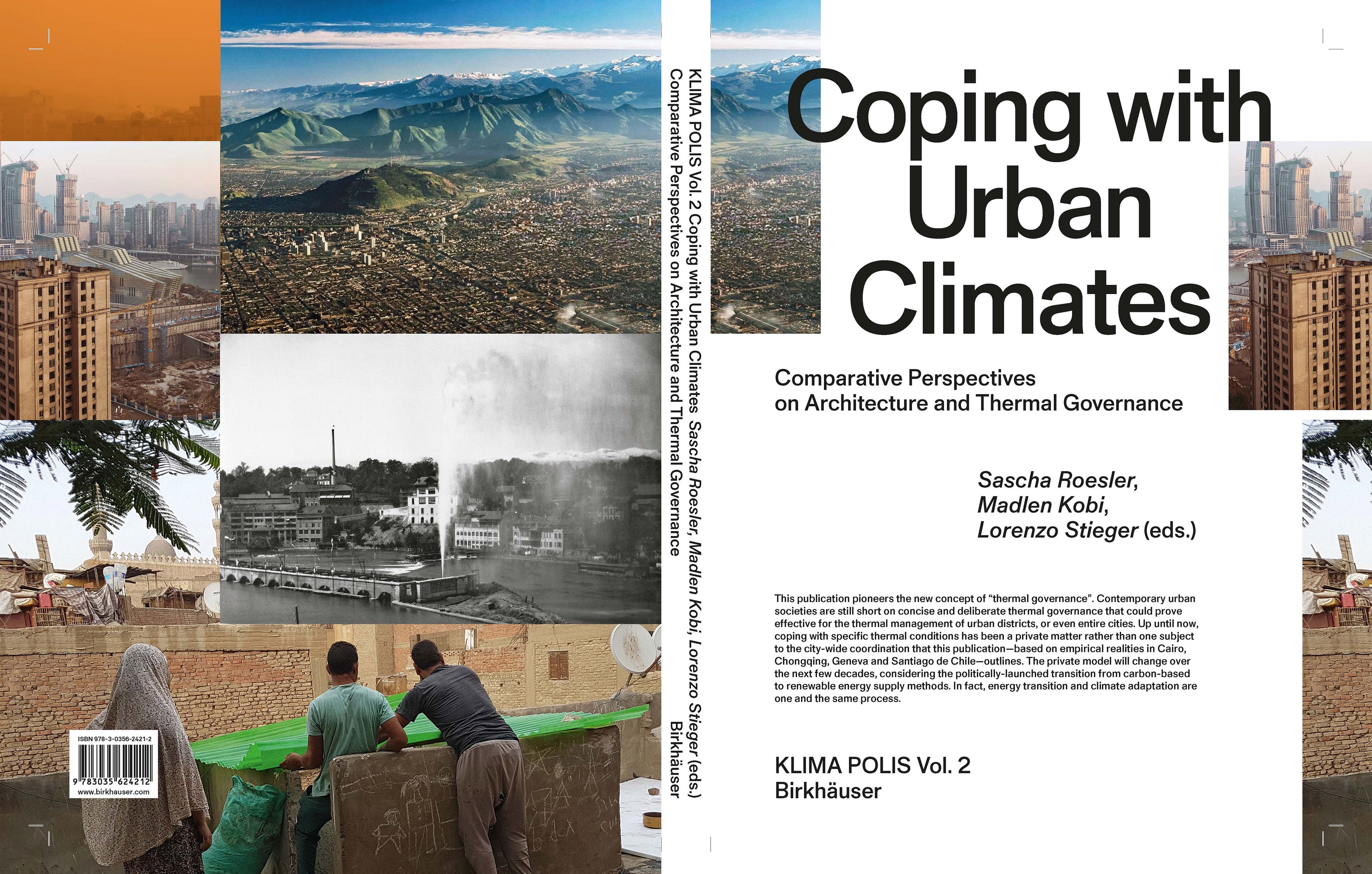
Coping with Urban Climates - Comparative Perspectives on Architecture and Thermal Governance
While 20th century architecture learned to control the climate of a building, the architecture of the 21st century needs to learn to cope with the climate of cities. Problems such as urban heat and air pollution need to be included in planning and design. Based on empirical realities in Cairo, Chongqing, Geneva and Santiago de Chile, the book underlines that the materiality and social practices attached to room heating, compound greening, street alignment or climate policies together form the tissue for contemporary urban climates. It interweaves socio-cultural with meteorological data and pioneers the new concept of "thermal governance" by linking architectural and technological as well as legal and economic dimensions of climate control in urban environments.
Main outcome of a six-year research project on "architecture and urban climates," funded by the Swiss National Science Foundation.
Based on ethnographic inquiries and visual mappings.
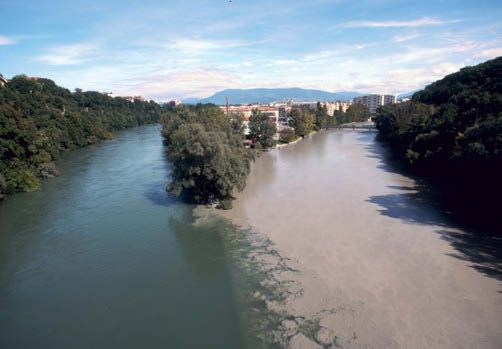
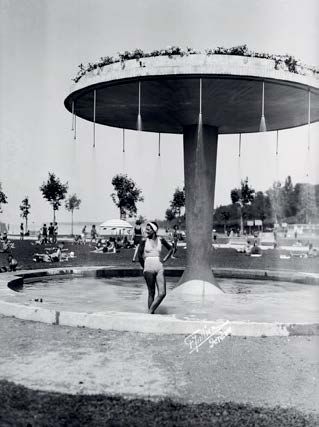
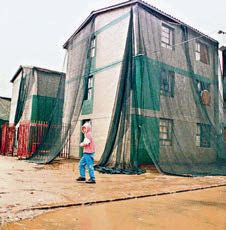
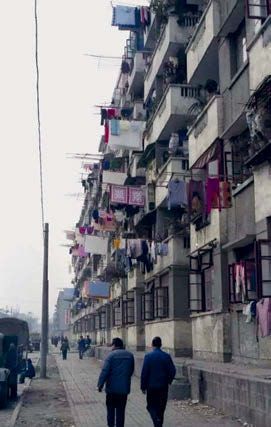
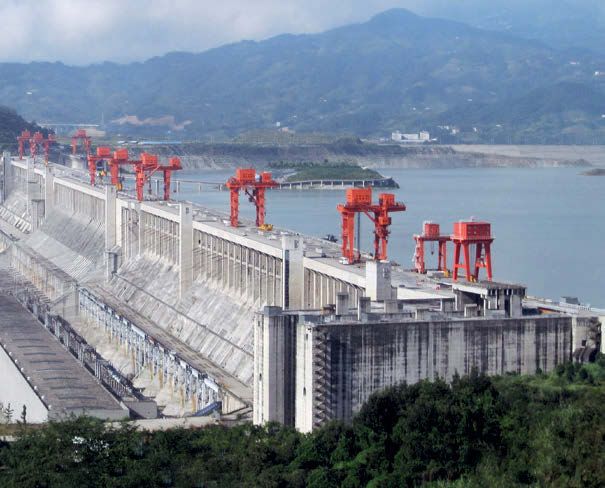
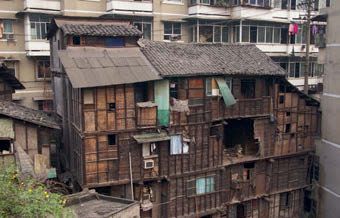
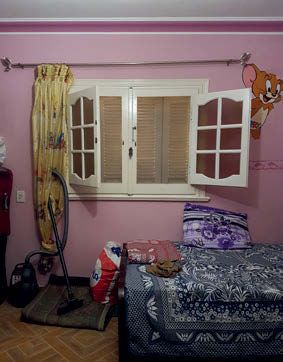

I Urban Climates
Geneva (Switzerland):
The Architecturalization of Water Ecologies
On the Integration of Energy Transition and Climate Adaptation
Lorenzo Stieger
Santiago de Chile:
The Standardization of Indoor–Outdoor Transitions
On the Dynamics between Public Spaces and Climate Control
Lionel Epiney
Chongqing (People’s Republic of China):
The Electrification of the Urban Fabric
On Governing the Built Environment’s Seasonality
Madlen Kobi
Cairo (Egypt):
The Domestication of Urban Heat
On the Everyday Production of Microclimates
Dalila Ghodbane
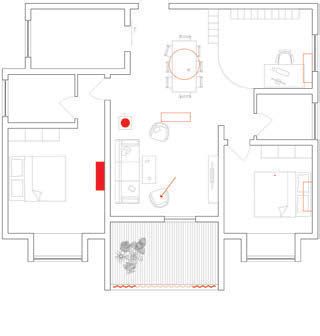
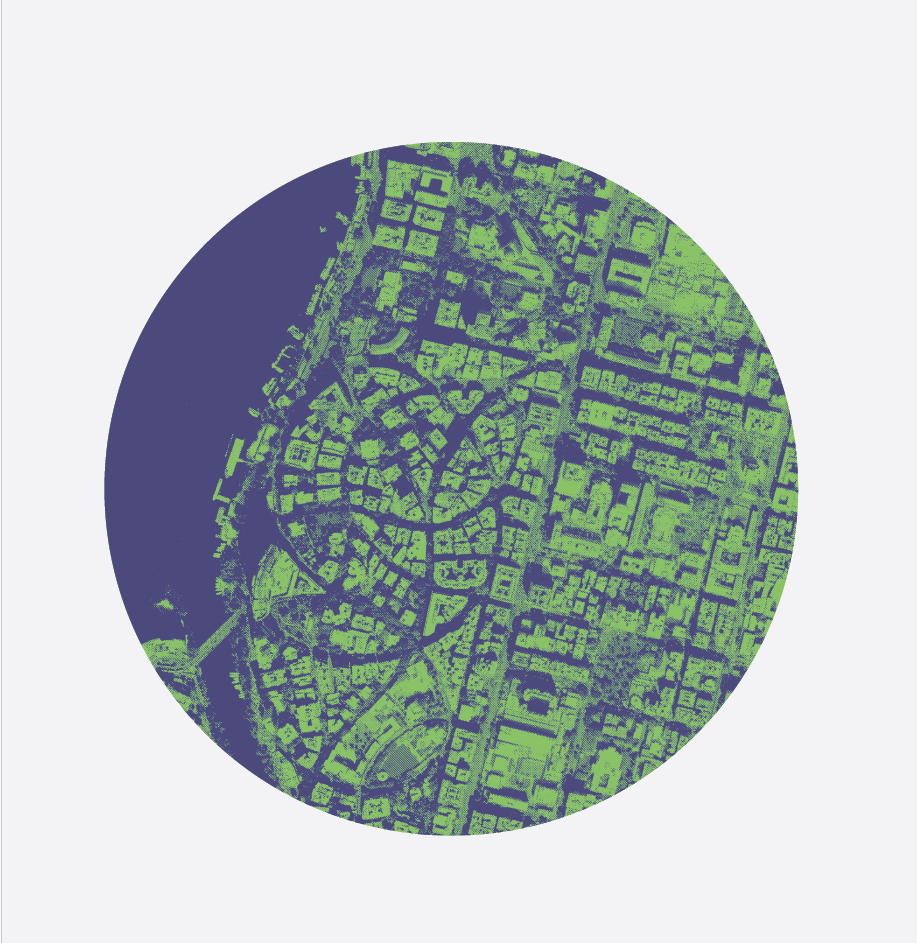
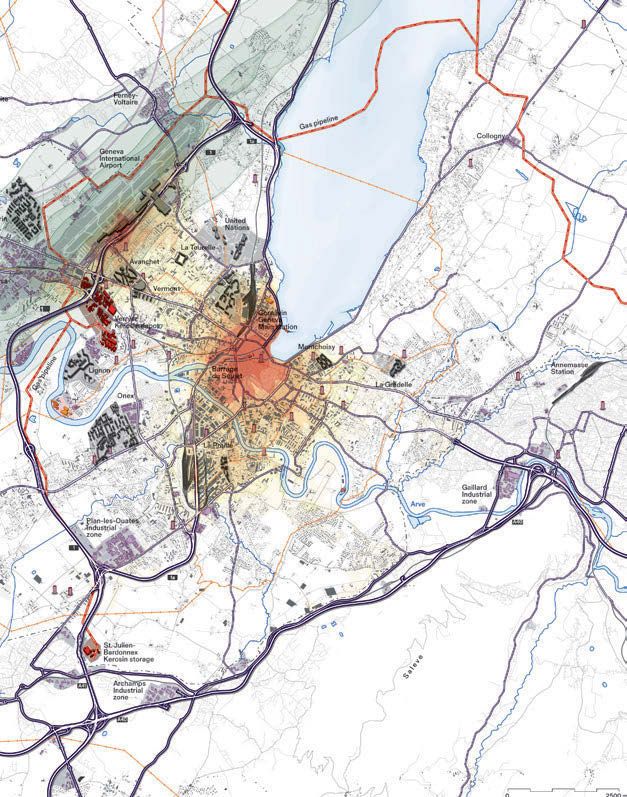
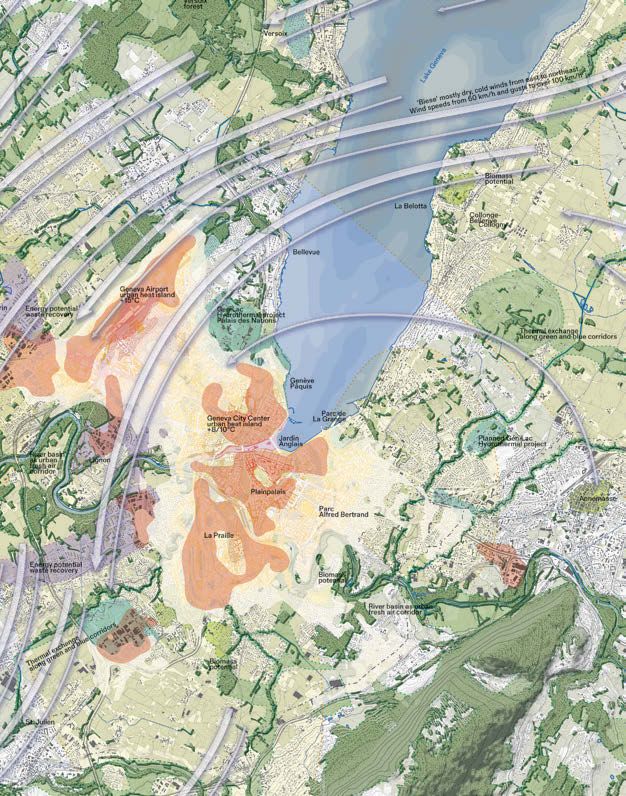
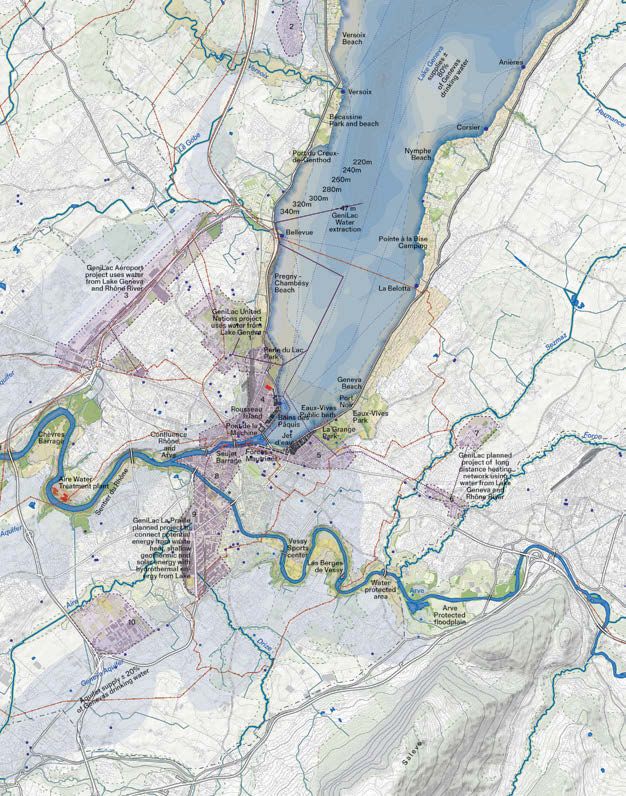
II Thermal Governance
Architecture and Thermal Governance
Six Components
Sascha Roesler, Madlen Kobi, Lorenzo Stieger
Urban Climate Protocols
Visualizing Socio-climatic Differences
Sascha Roesler, Madlen Kobi, Lorenzo Stieger,
Chandrasekhar Ramakrishnan, Adrian Ehrat ;
with the support of Lionel Epiney and Dalila Ghodbane